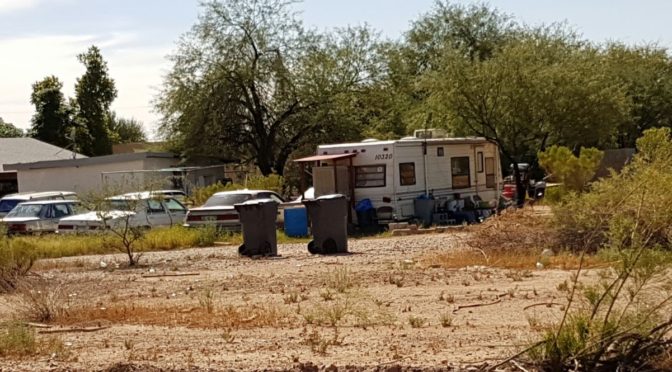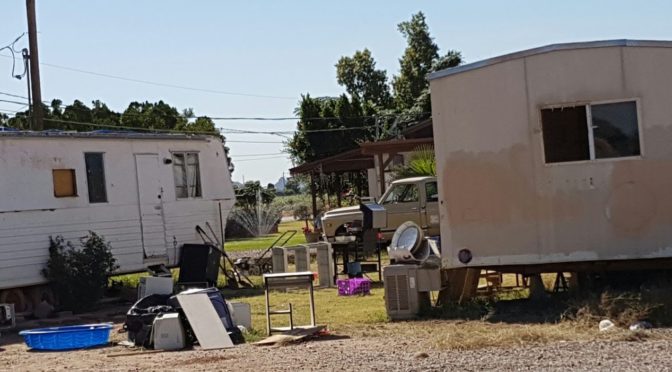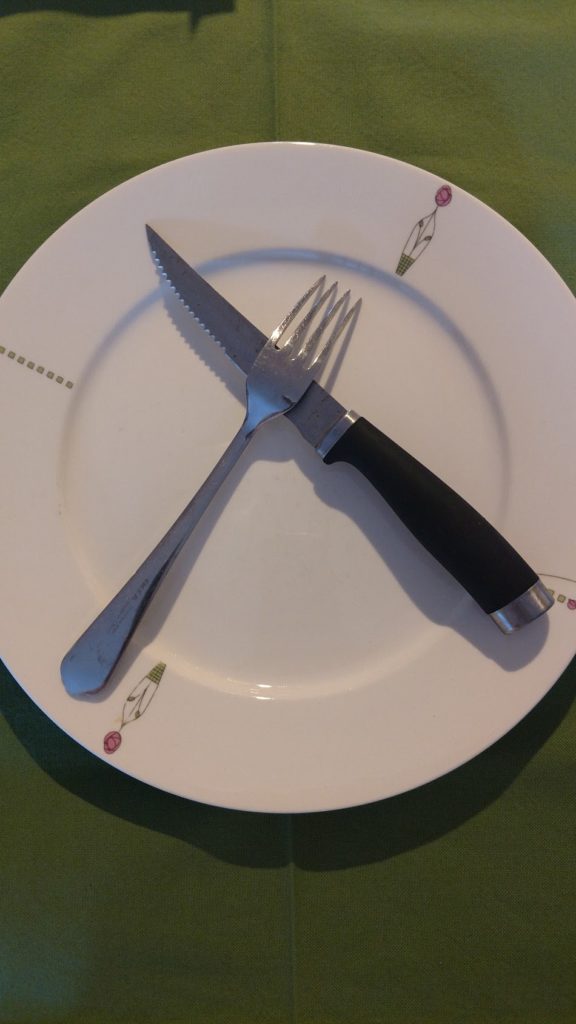About Starbucks move on to ‘res land’
An interesting little nugget of news slipped under the radar this week in Arizona. The Navajo Indian Reservation, the largest in the United States, and part of the tribal lands that help protect and enshrine the cultures of the Native American way of life, has given permission for the opening of a Starbucks.
On the face of it, it seems like the old world and the new colliding. We tend to imagine the reservations as places where traditional Indian customs, crafts, cooking, and even worship are upheld. A Starbucks coffee shop is like an intrusion; it doesn’t feel as though it belongs there.
There were objections from Navajo Nation tribal members on the 27,500-sq. mile reservation. Not because the coffee shop was out of place, but on the grounds that it would encourage obesity, an epidemic that has plagued Indians of all ages for generations.
The Navajo reservation is huge, roughly the same size as the state of West Virginia. The land, mostly in Arizona but extending into Utah and New Mexico, was granted to the Navajo in the late 1800s. The terrible treatment of the Indians – culminating in the ‘Trail of Tears’ that forced them off their lands – has been well documented. The creation of reservations was part of a Peace Policy in the 1860s.
Arizona is very much Wild West, Cowboy and Indian land. There are many large areas of what locals call ‘res land’. As well as the Navajo tribe, this was Apache country. The great Apache leader Geronimo, was active in southern Arizona; so too was the Apache warrior chief Cochise.

Smaller tribes like Hopi, Pima, Yavapai, and Tohono O’odham all have their reservations around the cities of Phoenix and Tucson. They are governed by the Bureau of Indian Affairs, and the Indian Health Service. The reservations have their own police forces and systems of justice and are, in effect, independent states within the USA.
The tribes nowadays have plenty money. Under a plethora of complex agreements, the US government pays benefits to the nations for, among other things, the extraction of natural resources such as oil and gas, and the fulfilment of treaty obligations. Casinos have been built on the res land, raking in hundreds of millions of dollars for the tribes. Much of that cash is distributed on a per capita basis among the tribe members. However, the poverty rate on reservations is more than 28% – and 46% on the Navajo land.
But you would never think when driving through a reservation that the people there are wealthy. We often drive through the Pima-Maricopa reservation because it contains several main roads and, to be honest, it resembles a Third World country.

Around 85% of the houses look dilapidated. The rundown homes have broken windows and unkempt yards; there are dozens of abandoned cars, and scores of mangy dogs everywhere. It appears very few people have any pride in their surroundings. The res is a miserable, desolate place.
Life expectancy is poor. A friend of mine in her 30s went to school with six Native Americans. Five had died before they were out of their 20s, one from suicide, others from gang-related deaths. Alcoholism and drug abuse is rife. The Pima Indians of Arizona are the fattest population group on earth, and suffer the highest prevalence of diabetes.
Among non-Natives, there is little sympathy for the plight of the Indians on the reservation. Most shrug their shoulders and argue that, with so much money slushing around, they could improve their lifestyle. Others are angry that, apart from the main roads, reservations are strictly no-go areas. Trespassing on a reserve is not recommended here.
The only serious incident of public drunkenness I’ve come across in Arizona was when a group of Native Americans staggered on to a light railway carriage in Central Phoenix. One of the guys sat beside me and was quite pleasant – but it is unusual to see that level of drunkenness out here.
Most of the Indians here don’t live on the reserve, they stay in big cities like Phoenix, Los Angeles, Tucson etc. Whether Starbucks will prove a welcome addition to the Navajo reservation, who knows?
Whatever the rights and wrongs, I feel a certain sadness when I see how the Indians live and how they are still treated as outsiders by American society.


